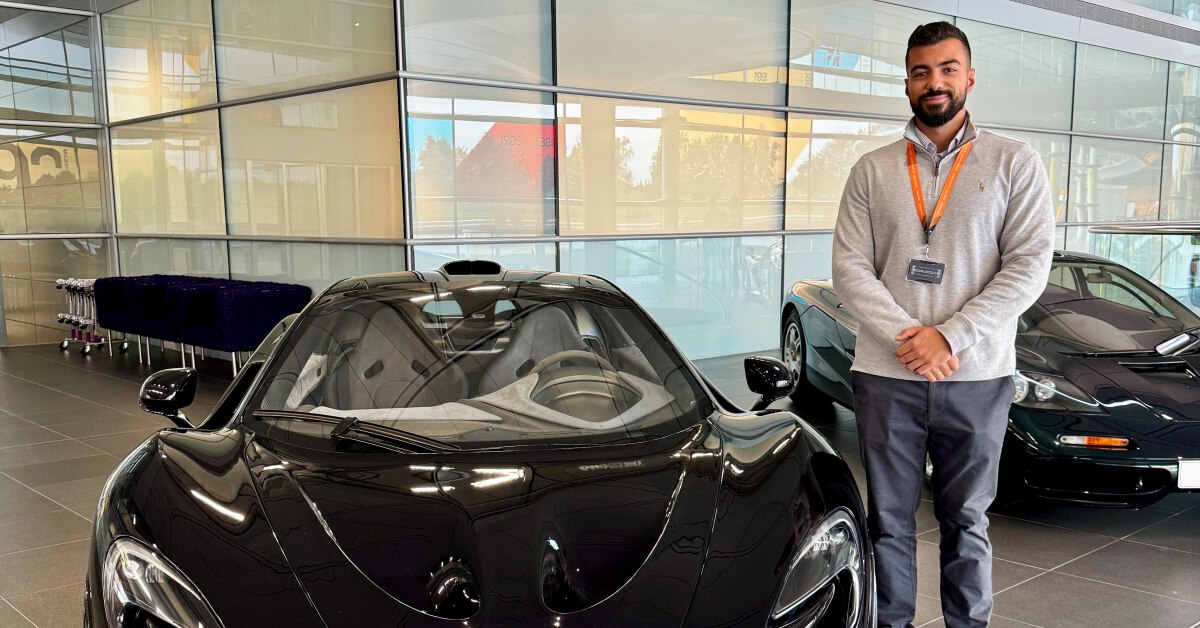From Products to Customer Engagement – Present and Future
28/03/2018

Apple didn’t kill the music industry. They just invented ways of making life easier and more enjoyable for music consumers, ending the need to buy full-length albums. It wasn’t Netflix that killed Blockbusters; it was their focus on retail to the virtual exclusion of on-line convenience. It wasn’t UBER that adversely affected the taxi business; it was fare control and the difficulty of ordering a taxi. Amazon didn’t wipe out retailers. Bad customer service, limited stock, poor size ranging etc. did that.
The point is that it’s not technology, per se, that’s the disruptor. A lack of understanding of needs and poor customer engagement will always leave the door open to new offerings. And this is the critical lesson for marketing management looking to the future. As there are fewer and fewer opportunities to differentiate through product offerings it is becoming virtually impossible to have any kind of strategy – particularly a digital strategy – without a basis of customer understanding and engagement. A robust strategy spells out clearly why customers should buy from you rather than from a competitor with similar products. This underlying truth will not go away, no matter what challenges technology and the ever-changing nature of the customer throws at us.
Having said this, the quickest way to go bankrupt is to delight your customers. And trying to delight all your customers with all of your products will inevitably result in providing average service and delighting no-one. It’s crucial to identify your core markets and customers and then delight them. Then you will have a resilient, profitable and abiding customer base.
Understanding your customer
With large organisations, there is the issue of high sunk costs, entrenched policies, a culture of complacency and demotivated employees, all of which expose them to more agile and customer-centric competitors. This is not to say that big organisations are dead. On the contrary, the marketing factors that cause long term success are well documented and we have 127 pieces of scholarly research that spell out what these are. One of the principal ones is proper, needs-based market segmentation (not the stuff taught in so many of our universities, such as socio-economics, demographics, geo-demographics and the like). Do Ozzy Osborne and Prince Charles – the same age, the same socio-economic group – behave the same way? All females between the ages of 18-23 and people in one geographical location don’t behave the same way either. These factors have very little to do with behaviour and to think this is market segmentation is as stupid as calling ‘Millennials’ a segment. The bigger companies with long-term success behind them will also have a deep understanding of how their markets work and, more importantly, how they evolve and change over time. They focus on the smaller percentage of the market that gives them 80% of their revenue and profits. They break these markets into segments and work tirelessly at understanding the real needs of the customers and consumers that belong to each segment. Only this way is it possible to ‘delight’ them – and will always be enough to prevent so-called disruptors from taking a market by storm.
Which customer should we focus on?
Besides segmentation there is also the issue of value propositions. According to McKinsey and our own research at Cranfield, fewer than 5% of UK companies have financially quantified and proven value propositions. It is no surprise that great companies like 3M, IBM, SKF, Procter & Gamble and Unilever are able to charge premium prices for their offerings. This is because they prove they create advantage for their customers rather than merely helping them avoid disadvantage. This is particularly noticeable with their global key accounts (or ‘strategic account management’ in the USA). But it is also noticeable with the hundreds of other very large customers that don’t make it into their Key Account programme. This has become known as Account Based Marketing (ABM) and a quick glance at Google Trends will reveal a massive spike in interest in this technology-enabled domain. For the first time in many years, marketers are becoming deeply involved with their sales colleagues in developing value propositions for this second tier of customers.
The role of technology
Technology has empowered customers and 90% of the B2B buying cycle is now completed before a representative from the supplier even makes a call on the customer. We know they don’t want to be sold to, they want to hear how the supplier can make their businesses more profitable. This means a revolution in the way sales forces are recruited and trained. The professional sales person – today and in the future – needs deep business acumen to demonstrate the value they can bring to the customer, together with the financial literacy to support it. To do this, they need not just product knowledge, but insights from industry knowledge and from a deep understanding of all aspects of the customer’s business.
The future
So for the future, we need to master the technologies as they come along, but not be distracted by them, or see them as an alternative to the principles of understanding customer needs in creating advantage. Think always in terms of people, including the marketing team itself, and the importance of having a happy and motivated group of staff involved with the delivery.
Professor Malcolm McDonald and Professor Simon Knox, Cranfield University School of Management.
The Future of Marketing and Sales Practices conference will take place on 26 April 2018 at the Royal Academy of Engineering, London: www.cranfield.ac.uk/events/events-2018/the-future-of-marketing-and-sales-practices-conference
Categories & Tags:
Leave a comment on this post:
You might also like…
Preparing your work for Turnitin submission
Before submitting your work into Turnitin for similarity checking, if you have used referencing software then you may need to take some important steps first. Mendeley and Zotero integrate with MS Word by embedding field ...
The fast track to supercar engineering: My Cranfield journey
It’s been a dream come true to work on some of the world’s most prestigious supercars – the Aston Martin Valhalla, McLaren 750 & Artura, the GMA T.33. But every successful ...
Automotive Engineering: From student to hypercar innovation at Rimac
We sat down with recent graduate Thomas Perrin, to discuss how his year on the MSc in Automotive Engineering at Cranfield University propelled him from the lecture hall directly into the ...
What this year at Cranfield really meant to me
Every Cranfield journey is unique. In this alumni reflection, Zachea Scicluna shares what her year at Cranfield truly meant, from facing uncertainty to gaining hands-on experience in industry-backed projects. I’ve been reflecting (and delaying) ...
Preparing for assignments and exams?
Sorry! We know it seems a bit mean to mention the exams in January rather than looking forward to the break before it! However, we know many of you will be thinking about your forthcoming ...
Screening for FTSE 100 companies on Bloomberg
So you’re researching an index and need some data on its constituent companies? Bloomberg’s Equity Screening tool makes light work of this, not just for the FTSE, but for indices, exchanges and sectors worldwide. Type EQS ...






